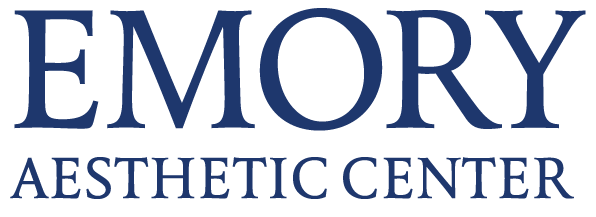This loss of facial volume can lead to accentuation of the bony contours of the temples and around the eyes and can make the cheeks look flatter and less full. Only in the last decade has the impact of decreased facial volume on the appearance of aging become fully recognized.
Facial contour and definition are determined by genetics, which is why some people have prominent chins and cheekbones, while others have a rounder face with softer features. Whether the issue is related to aging or simply facial structure, there are ways to boost facial volume and improve the appearance of the face with facial fat transfer, facial implants, or dermal fillers.
Fat transfer is often known as fat grafting, and it is a natural, minimally invasive surgical procedure to move fat from an area of the body where it is plentiful, and transferring it to the face to restore lost volume. The fat is gently removed using modern liposuction techniques, and is then prepared for injection into the face. This produces a very natural appearance, and there is little risk of infection or rejection of the fat by the body. Common treatment areas include the nasolabial folds (between the nose and the lips), marionette lines (between the lips and chin), flattened cheeks, sagging jaws, and hollows under the eyes.
Facial implants are most often used to improve facial contour and volume in younger patients who would like more prominent cheekbones or chin. Small implants are surgically placed in the areas that need augmentation for permanent improvement of facial contour. This procedure is often combined with other facial surgeries, such as rhinoplasty, to improve overall balance.
Facial fillers are a non-surgical method for filling in wrinkles and hollows and introducing subtle volume to the aging face. These treatments are injectable and non-invasive, but the results are temporary. Some fillers encourage collagen production for longer-lasting results.


